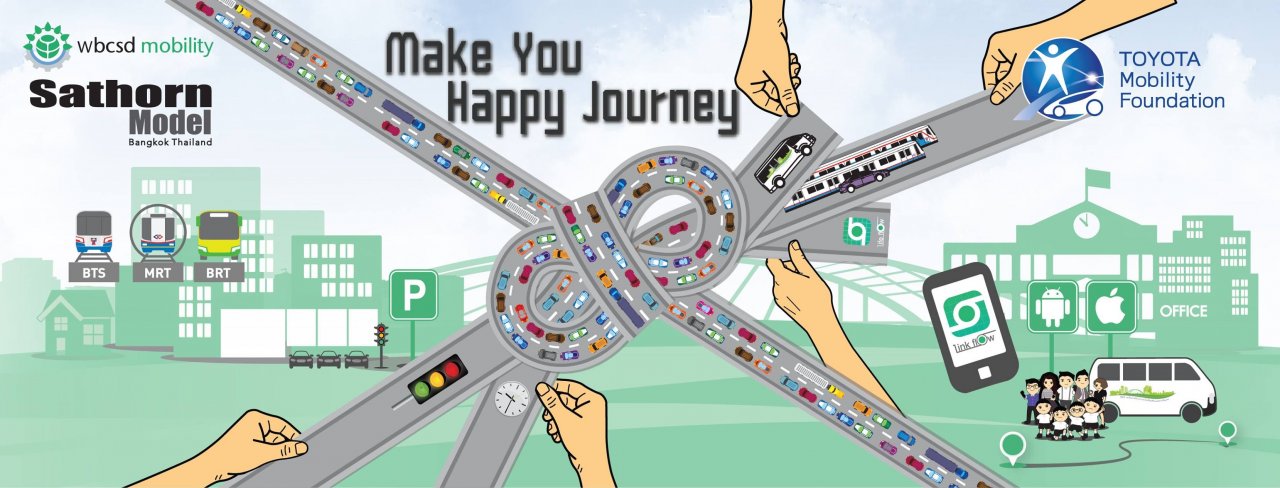The Transport Ministry wants the successful “Sathorn Model” applied elsewhere in Bangkok to ease traffic congestion, requiring staggered closing times for schools and “reversible lanes” along selected road segments during rush hours.
Ministry spokesman Sarawuth Songsiwilai said the Sathorn Model had proved effective on Sathorn and Silom roads since its introduction in 2015 with financing from the Toyota Mobility Foundation.
It encourages people to use public transport and to leave their cars at Park & Ride locations, usually found at supermarkets, to board buses and the Skytrain. It also involves businesses letting employees end their shifts at different times.
Sarawuth said a sub-committee charged with finding immediate solutions to traffic congestion in Bangkok approved the extension of the Sathorn Model on Wednesday.
The ministry, Metropolitan Police, Bangkok Metropolitan Administration (BMA), Chulalongkorn University, National Research Council and Toyota Mobility Foundation would soon sign an agreement to that effect, he said.
The university would conceive a plan involving innovative technology and the Toyota foundation would fund the implementation, Sarawuth said.
Other measures presented at the meeting included the Marine Department improving ferry piers from Rama III Road to Khlong Lat Pho Park so that motorcyclists can cross the Chao Phaya River and avoid cluttering Bhumibol Bridges I and II.
The Department of Rural Roads is ensuring motorcyclists of easy access to the piers.
The BMA meanwhile has a Bt6-million budget for a feasibility study on constructing underground parking lots in the inner city.
It will also liaise next week with the Mass Rapid Transit Authority of Thailand about widening the road surface at the Rama IX-Praditmanutham intersection by 200 metres so that funding can be allocated in fiscal 2019




